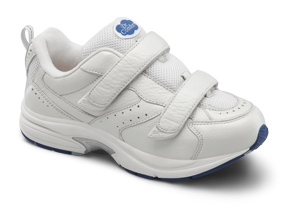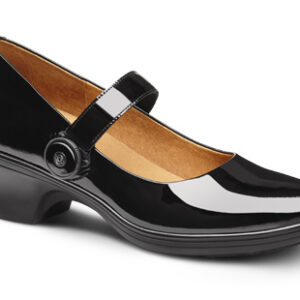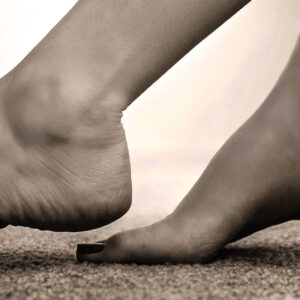
Achy feet weighing you down at the end of your day???
Achy feet are common at the end of a long day. In most cases the ache can be isolated to one or multiple joints in the feet. Arthritis is the most common cause of achy feet.
The feet carry our weight day in and day out through our normal activities. The amount of stress on each of our feet’s joints determines how they wear and how long they will remain functionally pain free. Abnormal stress can occur from carrying additional weight, structural deformities, or other medical conditions.
Causes for Achy Feet
Obesity
With obesity overtaking America, we are seeing a corresponding increase in foot pain. Many of the causes of pain will resolve with the reduction in body weight. Unfortunately, people cannot get the exercise needed when their feet, knees, or other joints are painful. People must watch their diet and start a low impact activity like swimming or biking.
Structural Deformities
Structural Deformities may be obvious or may not be visible with out x-rays. Any deformity causing joints to wear abnormally including old injuries, acquired bunions, hammertoes, high arched feet, flat feet, etc. can cause arthritis in the feet. Old fractures or other injuries can cause damage to the joints or cause joints to work malaligned. When a joint functions and not properly aligned, put under stress, and moved degeneration of the joint occurs.
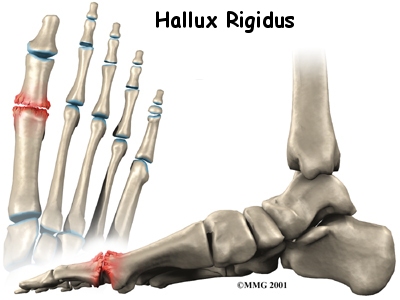
Arthritis in the big toe joint can lead to reduced motion called hallux limitus.
Medical Conditions Causing Achy Feet
Medical Conditions Causing Achy Feet can include Gout, pseudo gout, rheumatoid arthritis, psoriasis, ankylosing spondylitis, among others. Gout and pseudo gout are metabolic conditions causing abnormal build up of crystals in the joints. Gout and pseudo gout are treated by diet, medications, and sometimes surgery. Rheumatoid arthritis, psoriasis, and ankylosing spondylitis are conditions known as autoimmune diseases. Autoimmune diseases are caused by the bodies own immune system attacking itself. These conditions are normally treated medications that suppress the immune system.
Treatment for Achy Feet
Conservative Treatment
Conservative treatment varies with the joints affected. In many cases orthotics or other modalities aimed at realigning or minimizing the stress on joints can be helpful. Symptoms like pain and inflammation can be treated with Non-steroidal anti-inflammatory drugs (NSAIDS) like ibuprophen, tylenol or napoxyn. Occasionally, injections with strong anti-inflammatory medications called steroids can be given inside the joints to reduce pain and inflammation long term.
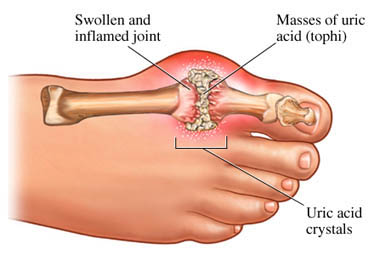
Gout in the big toe
Surgical Treatment
Surgical Treatment is reserved for those that suffer with chronic pain and have exhausted all possible conservative care with little to no success. There are only a few ways to minimize arthritic pain surgically remove, fuse, or replace the joint. Each have their limitations and benefits depending on the joints affected. These are topics to discuss with your doctor.



